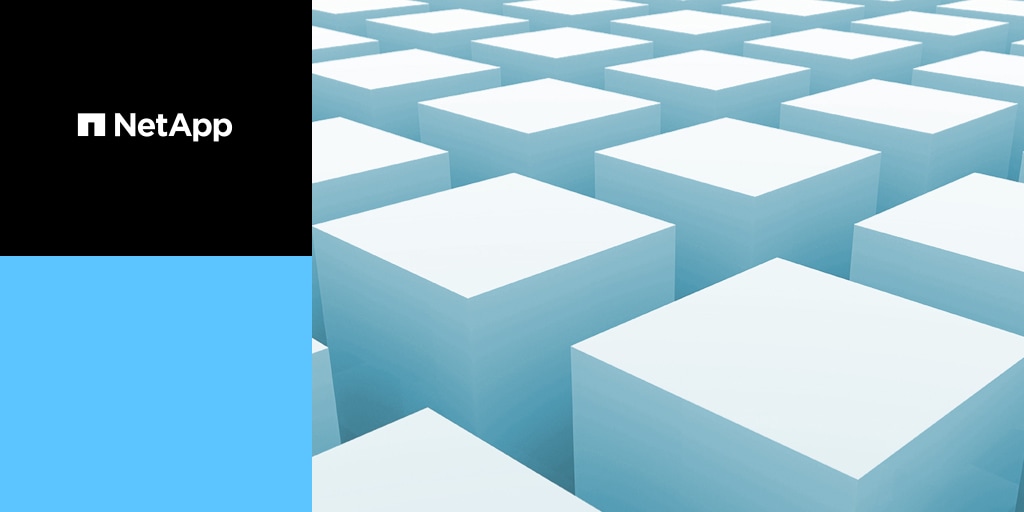Well, dRAID (distributed RAID) is here (in ZoL 2.0.0 and newer iterations) ... and I have heard it'll be in TrueNAS soon, also.
Anyone have any idea how soon it might hit a TrueNAS Scale update..?
If it's less than a month away I'll postpone making my pool to format it as a dRAID.
(Think it'll eventually make it's way down to TrueNAS Core, too?)
I really CANNOT WAIT to try out Special Allocation Classes as well.
I just wish they'd backup the special allocation classes to the main pool bc it's a LOT more expensive per Parity OPTANE than spinning drives! lol.
And recovering drives that aren't helium is reasonable. In fact, it's pretty inexpensive and likely if it's not a dropped drive or bad heads.
But recovering flash !?? TRUST ME. That is a different story. You have to be able to disable the Garbage Routine and TRIM (otherwise while it's powered on it'll just be corrupting data ... so it HAS to go in to Technology mode, and you're talking THOUSANDS -- if not over $13k ... to get a good SSD recovery machine (which I'll hopefully get soon ... but EVEN THEN, it's still lower-likelihood than spinning drives.
Thus, I wish there were a way to make the pool backup the Special vDevs to the array to mitigate how bad it could be ... when the array's not otherwise "busy" ...
Anyone have any idea how soon it might hit a TrueNAS Scale update..?
If it's less than a month away I'll postpone making my pool to format it as a dRAID.
(Think it'll eventually make it's way down to TrueNAS Core, too?)
I really CANNOT WAIT to try out Special Allocation Classes as well.
I just wish they'd backup the special allocation classes to the main pool bc it's a LOT more expensive per Parity OPTANE than spinning drives! lol.
And recovering drives that aren't helium is reasonable. In fact, it's pretty inexpensive and likely if it's not a dropped drive or bad heads.
But recovering flash !?? TRUST ME. That is a different story. You have to be able to disable the Garbage Routine and TRIM (otherwise while it's powered on it'll just be corrupting data ... so it HAS to go in to Technology mode, and you're talking THOUSANDS -- if not over $13k ... to get a good SSD recovery machine (which I'll hopefully get soon ... but EVEN THEN, it's still lower-likelihood than spinning drives.
Thus, I wish there were a way to make the pool backup the Special vDevs to the array to mitigate how bad it could be ... when the array's not otherwise "busy" ...

